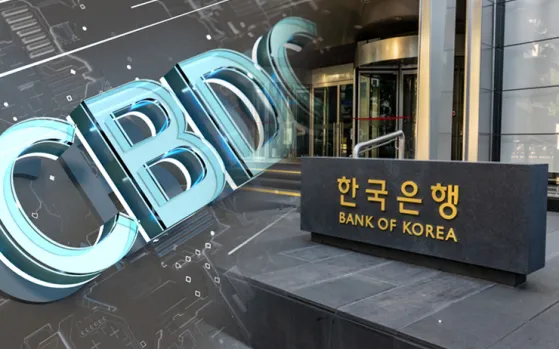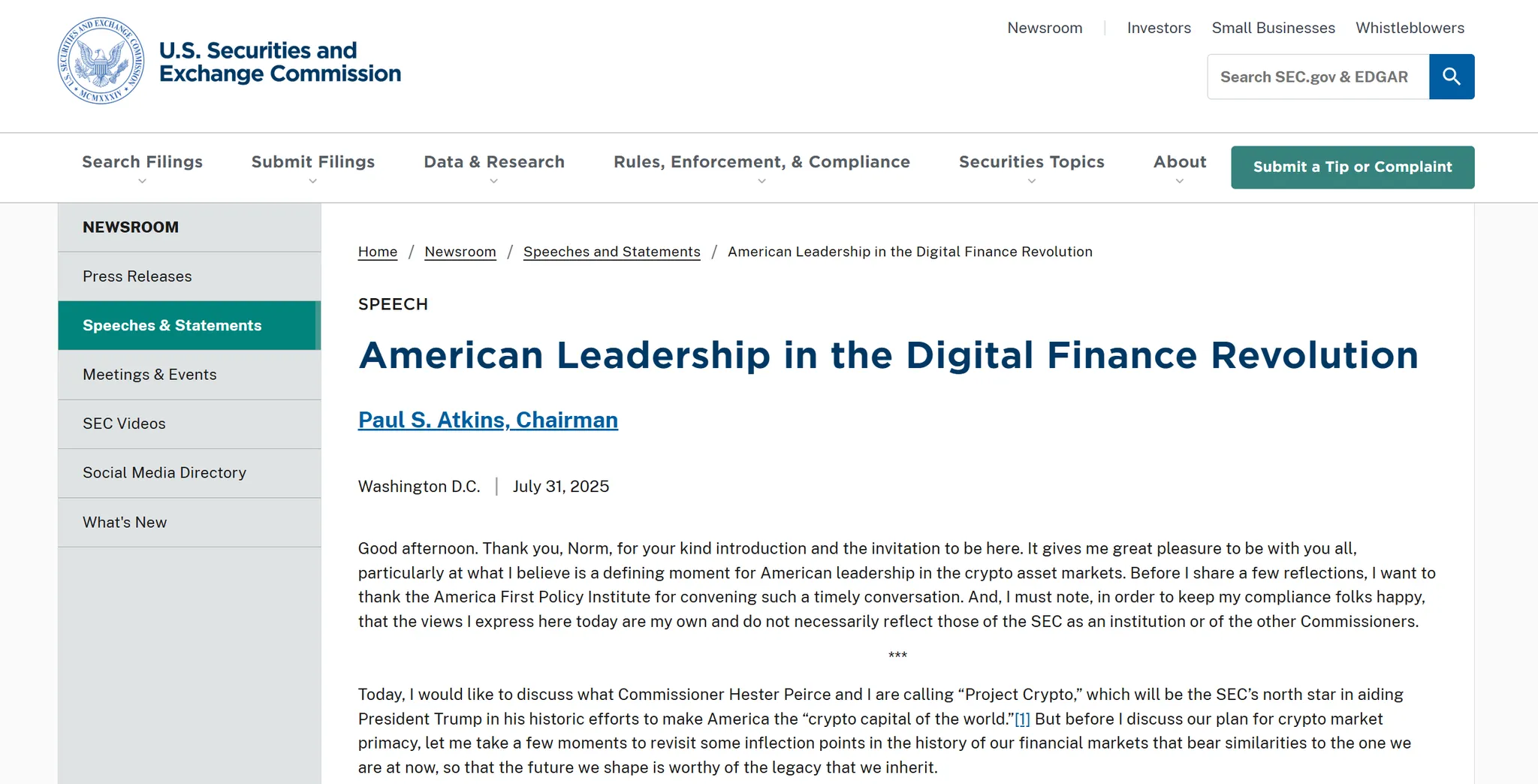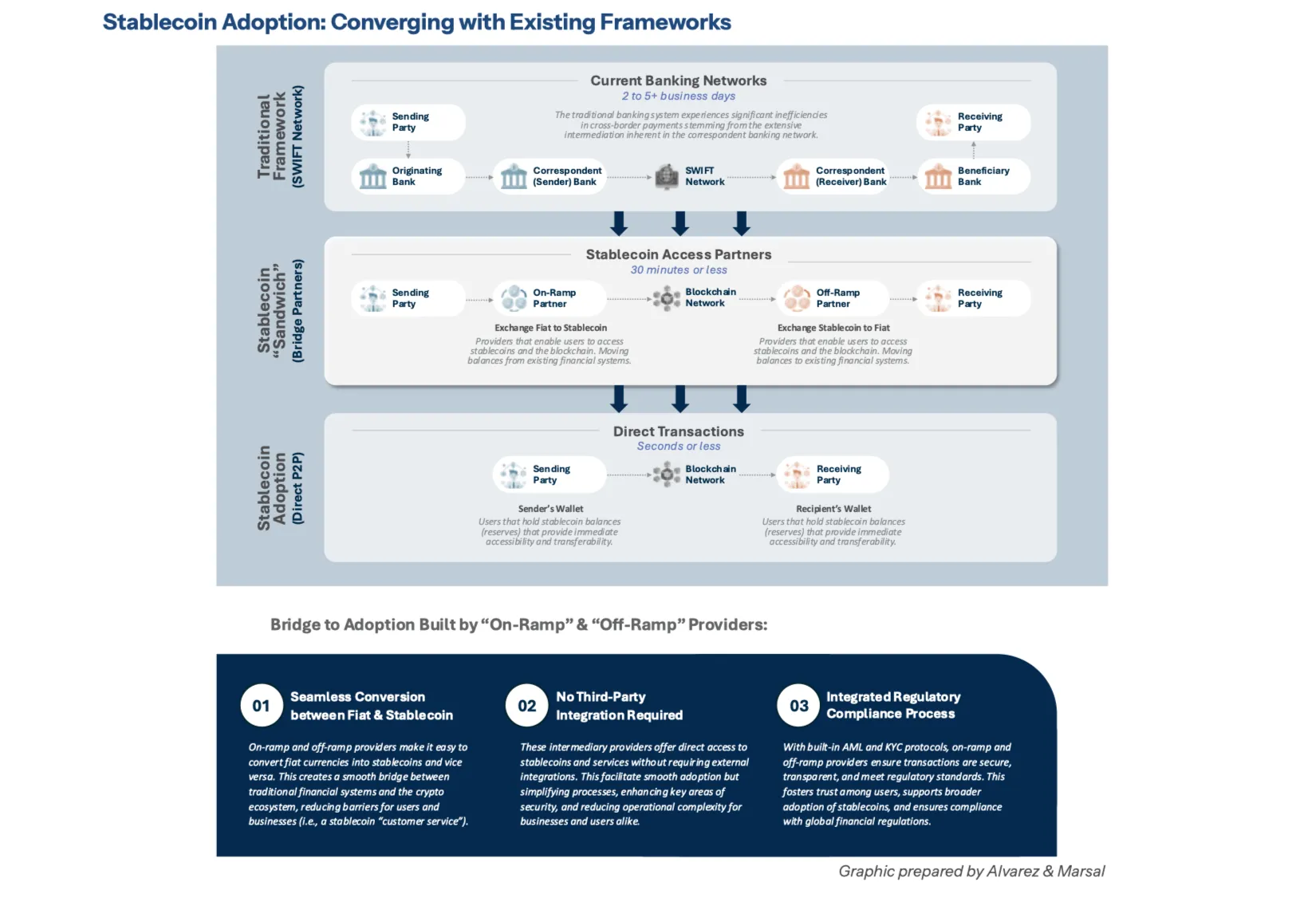*[ASA News] is a bi-weekly newsletter where we share the most important news related to stablecoin in Asia. (2025.07.27~08.10)

Source: Korean central bank drops ‘research’ from CBDC Lab. Creates stablecoin group
The Bank of Korea (BOK) has officially closed its CBDC Research Lab, signaling a shift in priorities. According to a recent announcement, the central bank has reassigned the lab’s staff to its broader digital currency division and launched a new "Stablecoin and Tokenization Task Force." This group will focus on analyzing legal and technical aspects of stablecoins, including how they interact with tokenized deposits and CBDC infrastructure.
This move comes as BOK prepares for its second CBDC pilot while simultaneously recognizing the growing practical relevance of stablecoins in payments and tokenized finance. Industry experts interpret this as a clear indication that BOK is broadening its strategy to accommodate private sector-led innovations, especially in light of domestic banks and tech firms accelerating their own stablecoin initiatives.
1.2.1 Moyed (ASA Contributor, Delta Network) - What can we learn from this proposal?
The Bank of Korea’s decision to shut down its dedicated CBDC Lab and form a new stablecoin working group reflects a broader recalibration underway in Korea’s digital asset policy. Until recently, Korean regulators approached stablecoins cautiously, with policy emphasis placed on central bank-led infrastructure. But legislative momentum has clearly shifted. The Digital Asset Basic Act now explicitly enables stablecoin issuance, and the Financial Supervisory Service is actively backing commercial bank-led initiatives.
This mirrors moves by other central banks in Asia. In Japan, the Bank of Japan has greenlit trust-based stablecoin issuance under the revised Payment Services Act. Hong Kong will roll out its stablecoin licensing regime on August 1. Even traditionally conservative institutions are recognizing that stablecoins, not CBDCs, are likely to dominate real-world financial applications in the near term.
Korea’s latest pivot is not about abandoning CBDCs but about acknowledging the need to co-develop with the private sector. The key question going forward is whether Korea can craft a regulatory architecture that supports both innovation and systemic safeguards before the private market moves too far ahead.

Source: American Leadership in the Digital Finance Revolution
On July 31, SEC Commissioner Paul Atkins announced Project Crypto, a commission-wide initiative to modernize U.S. securities laws for blockchain-based finance. The project aims to clarify when a digital asset is a security, support the issuance of tokenized stocks and bonds, and update custody rules to reflect crypto-native infrastructure. It also marks a clear departure from the SEC’s enforcement-heavy approach of the past, signaling more openness to early-stage experimentation and decentralized models.
Atkins emphasized that the regulatory framework should adapt to the realities of open protocols, decentralized exchanges, and permissionless token networks. He pointed to smart contract standards like ERC-3643 as proof that compliance can be embedded directly into code, without requiring traditional intermediaries.
Moyed (ASA Contributor, Delta Network) - This is a rare signal and a strong one.
Project Crypto doesn’t just update securities law for blockchains. It signals a deep rethinking of how regulators engage with crypto infrastructure, from tokenized securities to DeFi protocols and even developer rights.
In Asia, the direction of travel is already clear. Hong Kong is launching a full licensing regime for stablecoins and exploring tokenized green bonds. Singapore has allowed retail access to tokenized funds through licensed exchanges like ADDX. Japan revised its Payment Services Act to enable trust-based stablecoin issuance. These are not pilot-stage ideas, they’re live infrastructure backed by regulation.
Korea has made progress, especially with the Digital Asset Basic Act and the formation of a stablecoin consortium among major banks. But if the SEC truly delivers on Project Crypto, the U.S. will re-enter the playing field with clear frameworks that go beyond sandboxes and whitepapers. For Korea, this raises the urgency to turn legislative momentum into executable policy, not just for stablecoins, but for the full spectrum of tokenized finance.

Source: Strengthening American Leadership in Digital Financial Technology – The White House
3.2.1 Heechang (ASA, Four Pillars) - Do Asian governments have an open attitude toward stablecoins and on-chain finance?
The reason so many countries and companies - the America being a prime example - are scrambling to announce and implement blockchain strategies is not just because they are just following the trend. It’s because they anticipated the market’s trajectory and prepared for it early.
In Korea, by contrast, the fundamental understanding and preparedness for the blockchain industry - stablecoins being a notable example - remain insufficient. Discussions about stablecoins still tend to fixate on Terra’s failure or on arguments about why stablecoins won’t work, and the debate keeps revolving around issuance rather than real-world usage. Yet stablecoins are already demonstrating a variety of use cases globally, and efforts should focus not only on issuing them but also on developing products that integrate them into everyday life. Achieving this will require policy support and a clear regulatory environment above all.
Because the blockchain industry (and stablecoins in particular) is still in its early stages, it’s admittedly challenging to point to concrete success stories to justify adoption. However, that is precisely why maintaining an open attitude - essentially saying, “let’s take a proper look and try to understand this” - is so crucial. Only by beginning to understand it now can we hope to keep up with the rapid pace of change.
This section is powered by rwa.xyz. Join “RWA.xyz Newswire” to receive the latest updates on stablecoins and RWA.
4.1.1 Hong Kong’s Stablecoin Rules Take Effect as City Seeks to Cement Crypto Hub Status
Hong Kong’s new stablecoin licensing framework is now in force, requiring issuers to hold high-quality liquid reserves and meet stringent governance standards.
The Hong Kong Monetary Authority aims to attract reputable global issuers while safeguarding financial stability.
Part of a broader strategy to position Hong Kong as Asia’s leading regulated hub for digital assets.
4.1.2 Abu Dhabi’s ADQ, FAB, and IHC Announce Plans for Dirham-Backed Stablecoin
State-backed investment group ADQ, First Abu Dhabi Bank, and International Holding Company will jointly issue a UAE dirham-pegged stablecoin.
Target use cases include cross-border trade settlement, regional remittances, and digital commerce.
Move aligns with UAE’s ambition to become a global fintech and digital currency innovation hub.
4.2.1 Western Union to Tap Stablecoins and AI for Greater Efficiencies
Plans to use stablecoins for faster, cheaper cross-border settlements alongside AI for fraud prevention and transaction optimization.
Aims to reduce settlement times from days to minutes and cut operational costs.
Part of Western Union’s strategy to modernize its payments infrastructure and remain competitive in remittance markets.
4.2.2 FIS to Integrate Circle’s USDC for Payment Solutions
Financial technology giant FIS will add USDC settlement capabilities to its merchant and banking solutions.
Expected to enable near-instant settlement and lower fees for merchants, particularly in cross-border contexts.
Integration strengthens USDC’s position as a leading payment-focused stablecoin.
4.2.3 JD.com Files ‘Jcoin’ Trademark Amid Tightening Hong Kong Stablecoin Rules
Chinese e-commerce giant JD.com filed a trademark for “Jcoin,” signaling potential launch of a proprietary stablecoin.
Likely aimed at leveraging Hong Kong’s new regulatory clarity for offshore yuan-backed stablecoins.
Move could enhance JD.com’s cross-border payment capabilities and reduce reliance on USD stablecoins.
4.2.4 SBI Adopts Ripple Payments for Global Cross-Border Transactions
Japanese financial group SBI will use Ripple’s blockchain-based payment network for faster and cheaper cross-border transactions.
Integration expected to complement potential stablecoin initiatives in Asia.
Reflects growing institutional adoption of blockchain rails for remittances and trade finance.
4.2.5 KakaoBank Prepares to Enter Stablecoin Market
KakaoBank exploring issuance of a Korean won-backed stablecoin, targeting domestic and international remittances.
Potential to leverage Kakao ecosystem’s large user base and digital banking infrastructure.
Move follows South Korea’s push for local currency-backed stablecoins through new digital asset legislation.
Dive into 'Narratives' that will be important in the next year